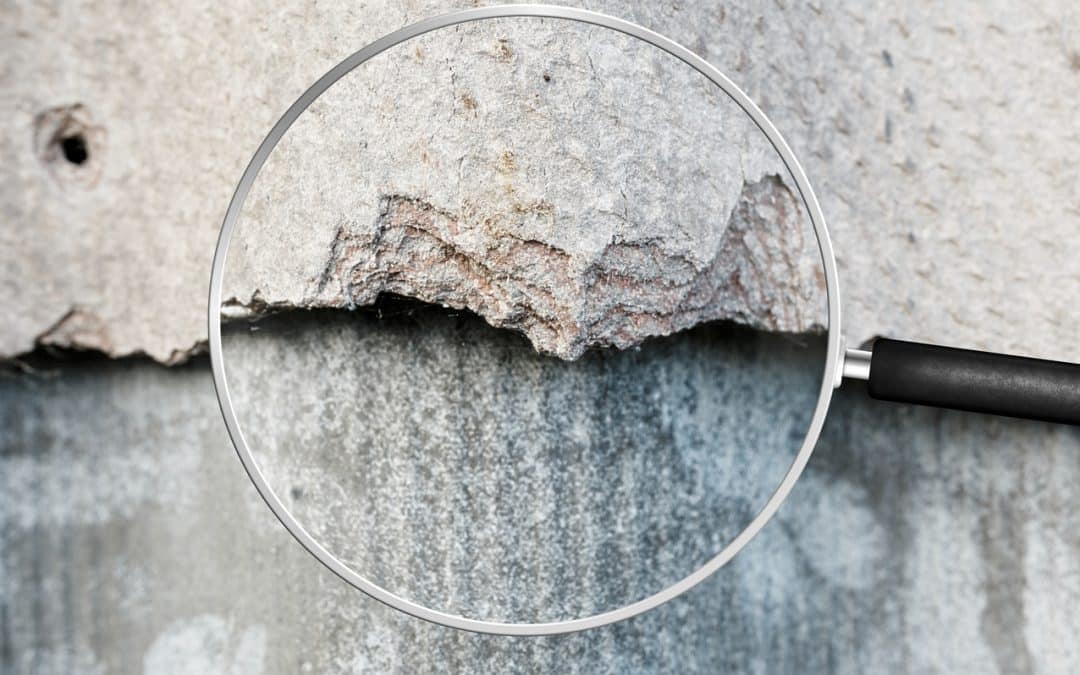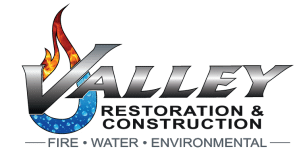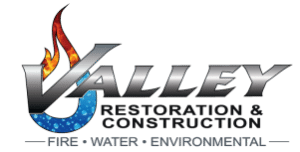
Asbestos Mitigation
The words “asbestos removal” will rightly make most homeowners worry. We have all heard how dangerous asbestos can be, as it can cause cancer and lung disease many years after exposure.
Even so, asbestos does not always need to be replaced or sealed. A proper specialist in asbestos removal like Valley Restoration and Construction will assess your home and find whether it contains any asbestos fibers. Only disturbed and crumbling asbestos needs to be removed or repaired.
To understand whether your family’s health is in danger, you should turn to asbestos removal professionals. They have the right tools, equipment, and know-how to take samples and check for asbestos risk.
Where Is Asbestos Hiding in Your Home?
Asbestos is no longer used in construction and home building—but was widely used until the 1980s and can still be in construction materials manufactured outside of the United States. Therefore, even though it is uncommon to find it in materials in homes beyond the 1980s, it is still possible. Unless the architect certifies that all the materials used to build a home are asbestos-free, which is quite rare, you shouldn’t assume that a material is asbestos-free based solely on the home’s age.
As a mineral, asbestos was commonly used for insulation thanks to its strength, durability, and fire-resistant properties. That is why you can often find it around boilers and furnaces, fireplaces, and wood stoves. You can also find asbestos on roofs and ceilings, sidings, and flooring, including vinyl tiles and adhesives.
How Can I Know If There Is Asbestos in My Home?
It is impossible to assess whether any building material in your home contains asbestos, as it is not always visible to the naked eye and may hide underneath a wall or panel. A specialist will need to carefully take samples from suspected areas and have them tested for asbestos.
We strongly advise against taking samples on your own. When asbestos is disturbed, it releases airborne fibers. These fibers are breathed in and slowly make their way into the lungs. Undisturbed asbestos is less of a threat than a poorly taken sample that exposes asbestos fibers to the air.
Asbestos removal professionals wear protective gear such as gloves and goggles and have specialized equipment to take samples. They will make the smallest incision possible to remove a sample, place it into a container, and seal it. They will then clean the area thoroughly.
When Is Asbestos a Problem?
Undisturbed asbestos is not a problem. The fibers remain tightly crammed inside the material and can’t become airborne.
You may, however, accidentally disturb asbestos when you dig, scrape, tear, cut, drill, grate, or saw a material that contains asbestos. Once the asbestos fibers are displaced, they become airborne and spread throughout the house.
If you have a big remodeling project coming up, you should contact Valley Restoration and Construction to assess whether there is asbestos in the area in question. Once we take samples and know whether there is any asbestos, we proceed with asbestos removal if necessary.
How Do I Deal with an Asbestos Problem?
Valley Restoration and Construction specialists will either repair or remove the asbestos in your home.
Repairing Asbestos-Contaminated Areas
Depending on the extent of the asbestos problem, we may choose to repair the area. We can encapsulate or coat the contaminated area with a sealant that will keep all the broken asbestos fibers together and stop them from becoming airborne. This can be effective depending on the situation. However, the material is still there and may still present a problem in the future.
Don’t forget that the goal is to ensure that your home remains safe for you and your family, both now and in the future.
Asbestos Removal
The State of Colorado has stringent regulations regarding asbestos that include residential homes. Any home that requires the removal of 32 square feet or more of suspect material, regardless of the age of the home, requires asbestos testing or the material should be treated as asbestos in lieu of testing. Suspect materials include sheet vinyl, vinyl tile, adhesives, drywall joint compound, and drywall surfacing (texture). Surfacing, in particular, can become extremely friable during renovation activities.
Therefore, if you plan on doing a major remodeling project, we may need to remove asbestos from your home. The best way to handle asbestos is to completely remove it (abatement) with a state-licensed contractor.
Valley Restoration and Construction will remove asbestos if it has crumbled and repairing it is not an option. If asbestos is beyond encapsulation, we will clear away the contaminated construction components and replace them with asbestos-free ones to ensure that your home is safe for you and your family.
In this case, our expert crew will come and dispose of all the affected materials.
Disposing of Asbestos
The State of Colorado, under certain circumstances, does allow a homeowner to opt out of state regulations regarding asbestos. Even so, federal regulations must still be adhered to, which include the proper disposal of the asbestos material in a landfill certified to accept asbestos waste. Unfortunately, these are few and far between.
We will dispose of all asbestos material in licensed landfills and follow strict procedures during the removal, sealing, and transportation stages.
Trust Valley Restoration and Construction for Any Asbestos Problems
Valley Restoration and Construction is a state-licensed contractor with a team of asbestos removal specialists. We will come to your home or building and assess the potential danger. If asbestos fibers have been released, we will encapsulate or remove the affected areas depending on the circumstances.
Call us at 970-964-4437 or contact Valley Restoration and Construction online for any questions or concerns you may have regarding asbestos in your home!

